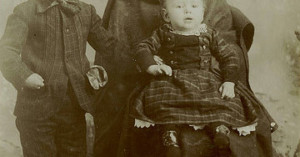
Sony Photographers Need to Be Careful What Memory Cards They Buy
Photographers who use any of Sony's most recent cameras are no doubt familiar with CFexpress Type A cards. As Sony is the only manufacturer to use the format, the cards are usually expensive. There are some cheap options out there, but unfortunately, they still come with a cost.






































